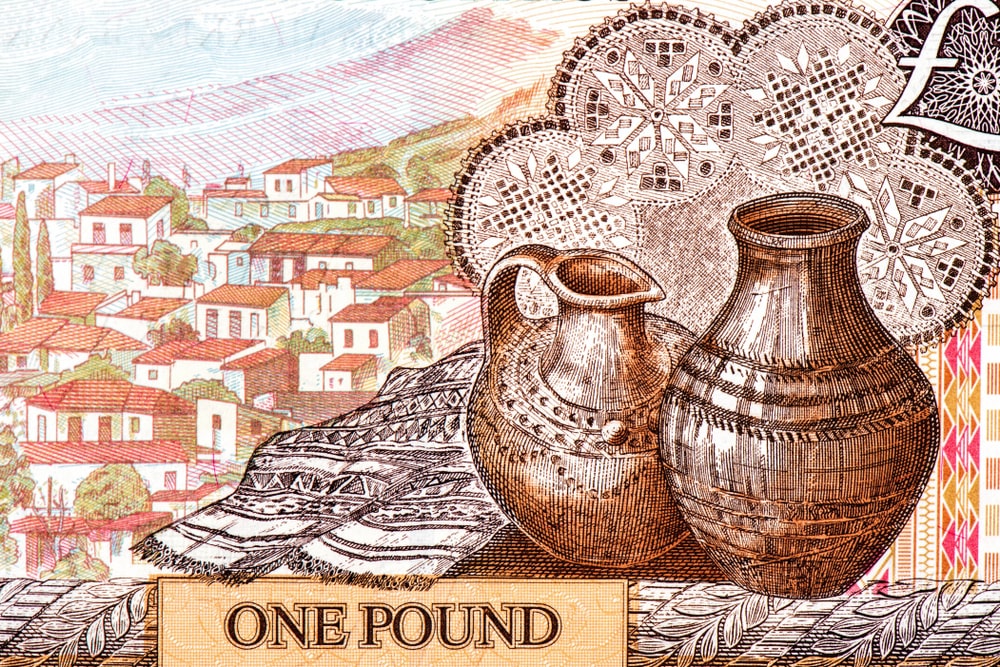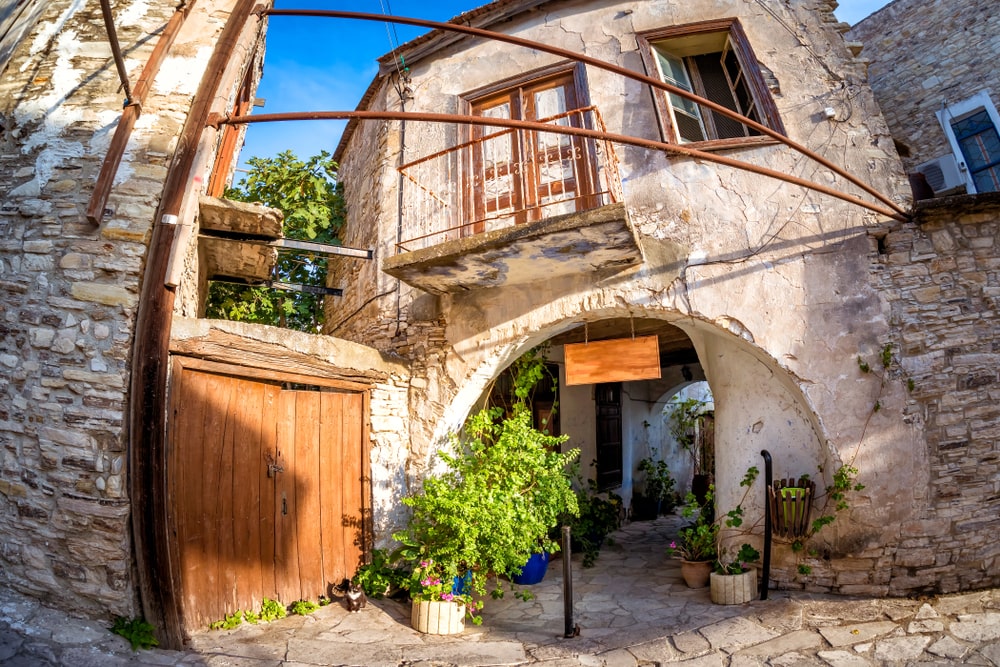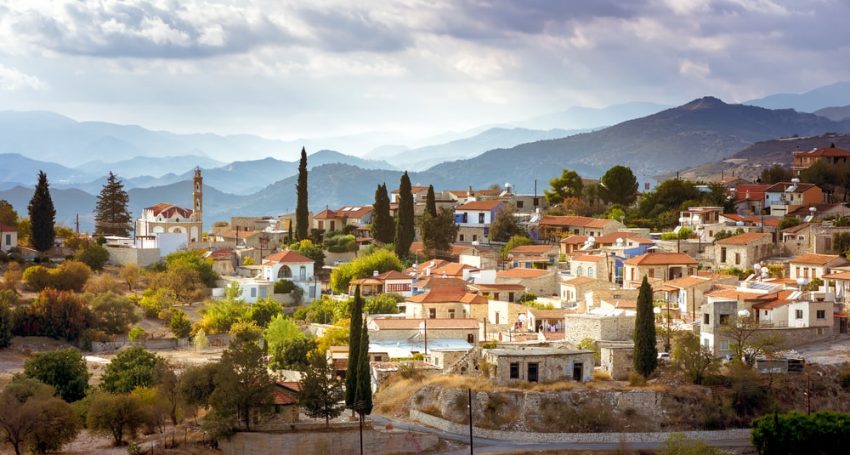In Cyprus, in addition to the well-known “promoted” Lefkara, Platres, Kalopanayotis and Kakopetria, there are small villages with cozy houses, orchards and olive groves, pavilions, twined grapes.
All these wooden doors, shutters, flower pots by the houses, narrow stone streets, grandmothers in black, knitting lace on the doorstep of their houses, and of course the invariable Cypriot cats.
Kato Drys is a small picturesque village located northwest of Larnaca. It is 6km away from Pano Lefakar and Kato Lefkar.
The village is located at an altitude of 520 m above sea level. It is surrounded by hilly terrain, fertile valleys that are crossed by the Agios Minas River.
Those who lived in Cyprus until 2004, when Cyprus joined the European Union and became a member of the Eurozone, will probably still remember the Cyprus pounds.
The village of Kato Dris was depicted on a £1 banknote. Do you remember it?

Kato Dries is the birthplace of St. Neophytes, who was born here in 1134, and is revered throughout the Christian world. Incredibly, the locals have carefully preserved the house where he was born and lived.
There is a small ancient church built in honor of the saint.
Another honorary citizen of the village is Sir Reo Stakis (1913-2001), born Argiros Anastasis.
At the age of 14 he left the island and went to England, where, starting with the sale of his grandmother’s lace, he eventually became the owner of a chain of hotels and restaurants and hotel magnate. He received the title of knight from Queen Elizabeth in 1988 for his charitable work.
There is a unique Museum of bees and lace, where unique exhibits are collected.
The village is famous for its wines and is part of the Seventh Wine Route (see the website of the Cyprus Tourism Organization for more details).
Every year in July the village hosts the Fengaros Festival, one of the largest music festivals held in Cyprus.
This village is beautiful in its own way at different times of the year: in spring it beckons visitors with the delicate white-pink lace of blooming almonds, in summer with the coolness of pine forests, in autumn with trails covered with crumbling leaves…
Unfortunately, as is the case with most Cypriot villages, Kato Drys is gradually decaying, dilapidating and empty: young people prefer to move to cities, the population of the village is getting older, abandoned houses are gradually being destroyed.

Interesting places:
St. Neophytes Church (15th century)
St. Haralambos Museum (19th century)
St. Minas Church
Panagia Eleus Church
Rural Museum (Agriculture Museum)
Bee and Embroidery Museum (Museum of bees and lacework)
Where to stay:
Blue Oak House, Kato Drys, Larnaca. Tel: (+357) 99-680556. Website .
Garden Kamara House
Breakfast:
Tasting local jams with freshly baked bread
at Jar Preserves Tel: (+357) 96-476265
Lunch:
Platanos Tavern, located at the entrance to the village – here you can taste Cypriot cuisine in the shade of 110-year-old plane tree Tel: (+357) 99-688761
Wine tasting at Ktima Christoudia Winery



